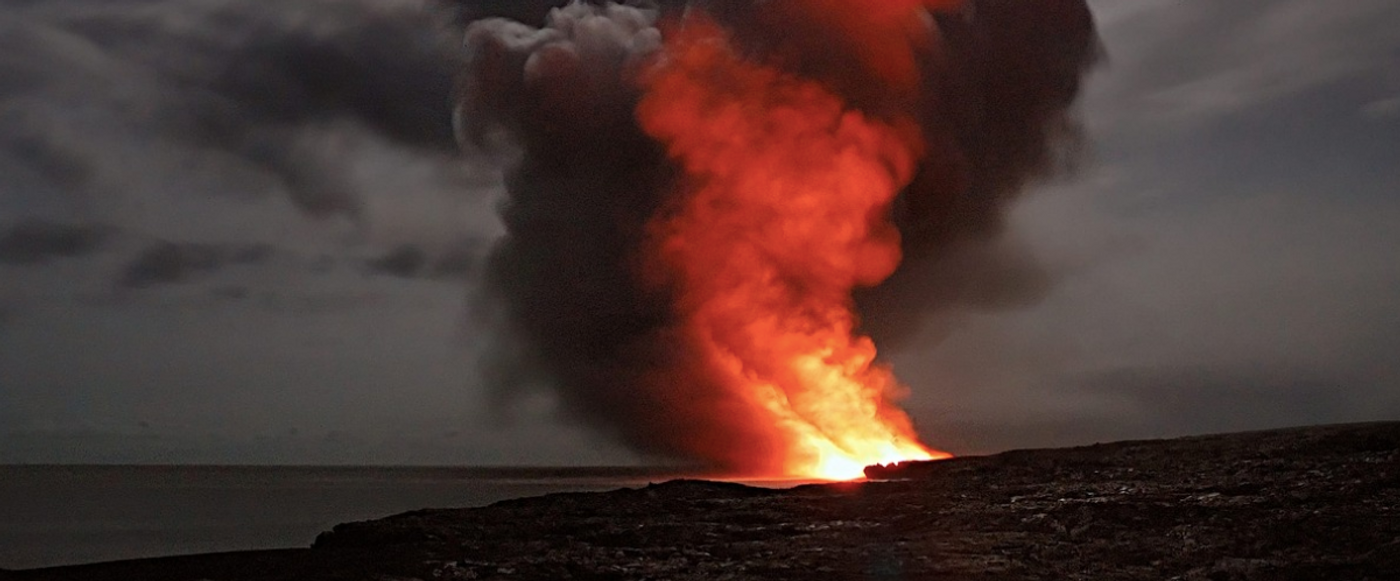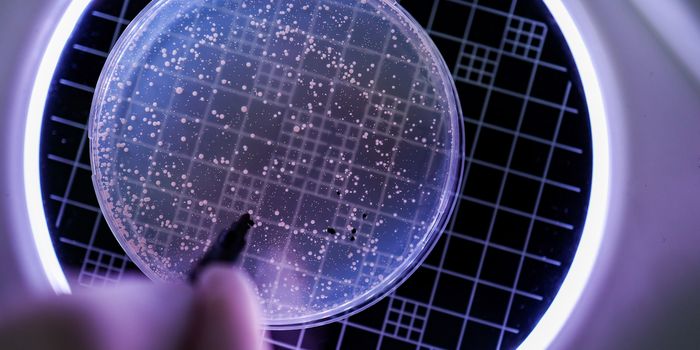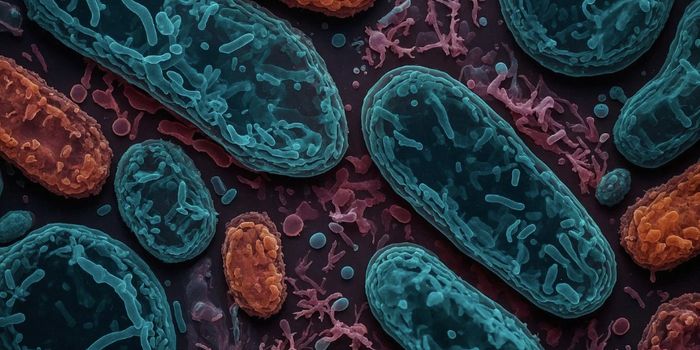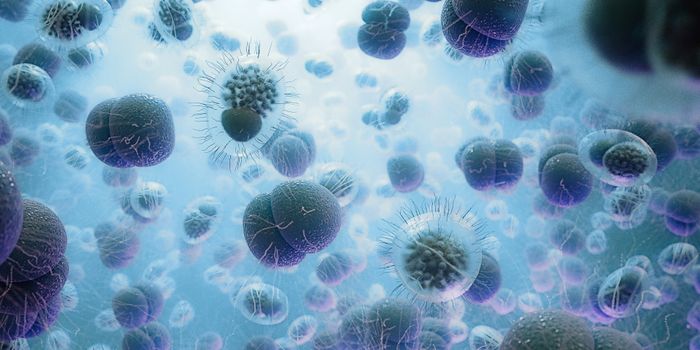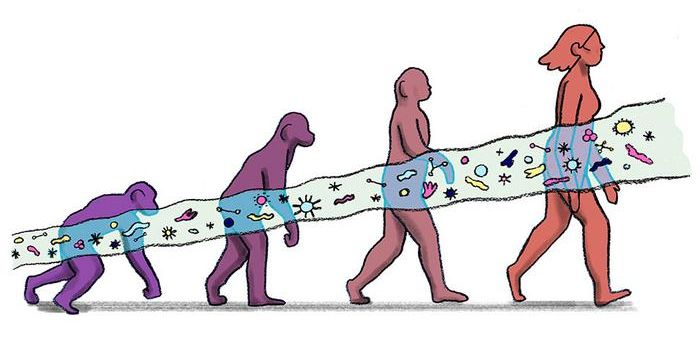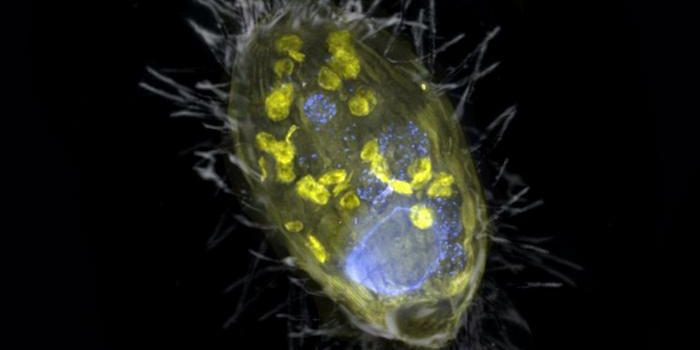Microbial Life Shows Mass Extinction Really Stinks
There have been a few mass extinction events on our planet. One of them was apparently prolonged by microbes that were spewing toxic gases. At the end of the Permian period about 250 million years ago, Siberian volcanoes are thought to have triggered a mass extinction, killing roughly 80 percent of all marine life, along with many land dwellers. But scientists have not been sure of exactly how the volcanic heat could have led to mass death around the world. A new report in Nature Geoscience has suggested that the heat created by the eruptions stimulated the metabolism of microbes, accelerating it and driving them to create a deadly atmosphere.
The dead plant material created by the volcanoes got eaten by the microbes, along with all the oxygen that was available in the oceans. Then, the microbes began to 'breathe' sulfate instead of oxygen. This metabolic switch caused the microbes to produce hydrogen sulfide gas, which smells like rotten eggs and is toxic to animals, explained study co-author and University of California Riverside Earth system modeler Dominik Hülse.
After the disappearance of oxygen from the oceans, the researchers suggested that the poisonous hydrogen sulfide, or H2S gas churned out by the microbes created an extreme environment known as euxinia. A toxic cycle was generated and sustained by decomposing organic material that released nutrients.
"Our research shows the entire ocean wasn't euxinic. These conditions began in the deeper parts of the water column," Hülse said. "As temperatures increased, the euxinic zones got larger, more toxic, and moved up the water column into the shelf environment where most marine animals lived, poisoning them."
An analysis of sediment samples reveals the chemical signatures of the expanding euxinic zones.
The oceans of today are also losing oxygen. There are even euxinic waters around the Dominguez Channel of Los Angeles County, where an ethanol spill occurred, killing vegetation that decomposed and was consumed by microbes. Those microbes entered the toxic cycle, generating hydrogen sulfide gas that poisoned people who were exposed to fumes in the area. These problems may become more common as climate change gets worse.
"It would be speculative to superimpose the ancient mass extinction event on today's planet," Hülse cautioned. "However, the study does show us that the ocean's response to higher carbon dioxide concentrations in the atmosphere may be underestimated."
Sources: University of California Riverside, Nature Geoscience
